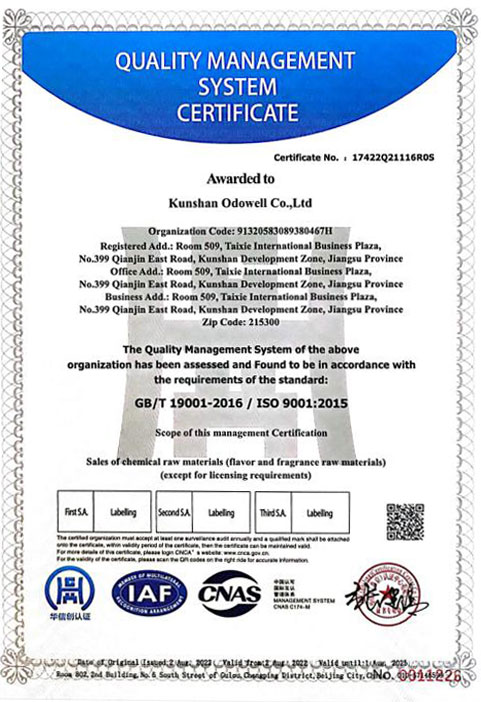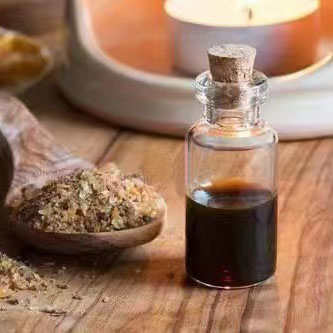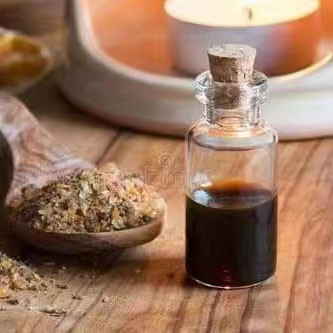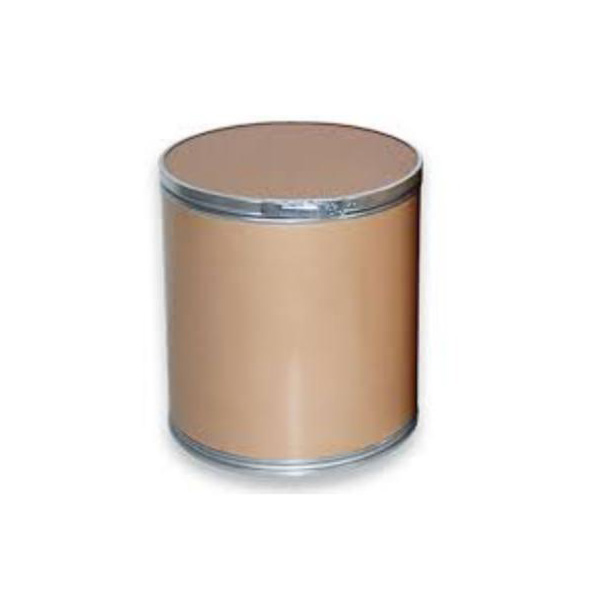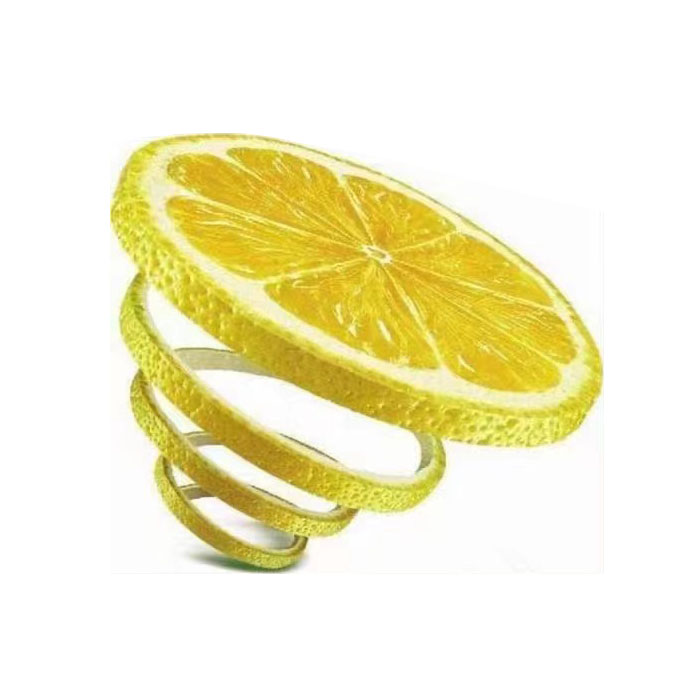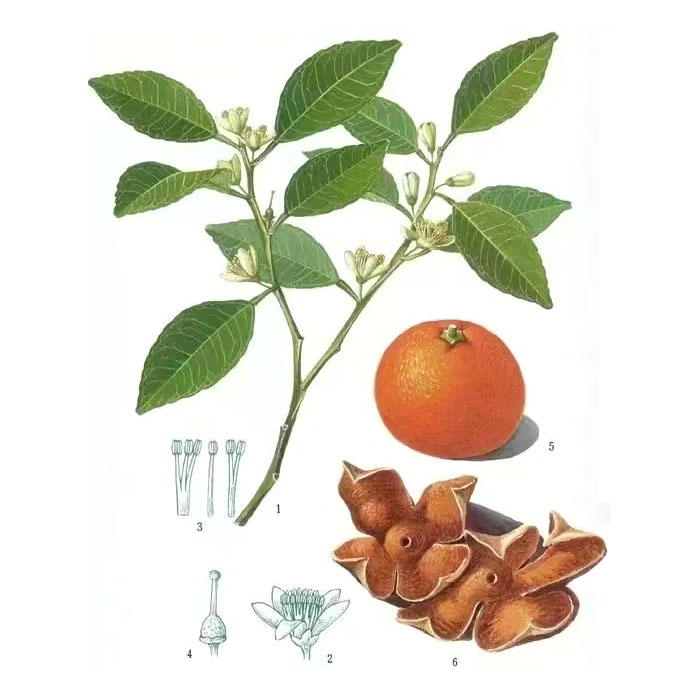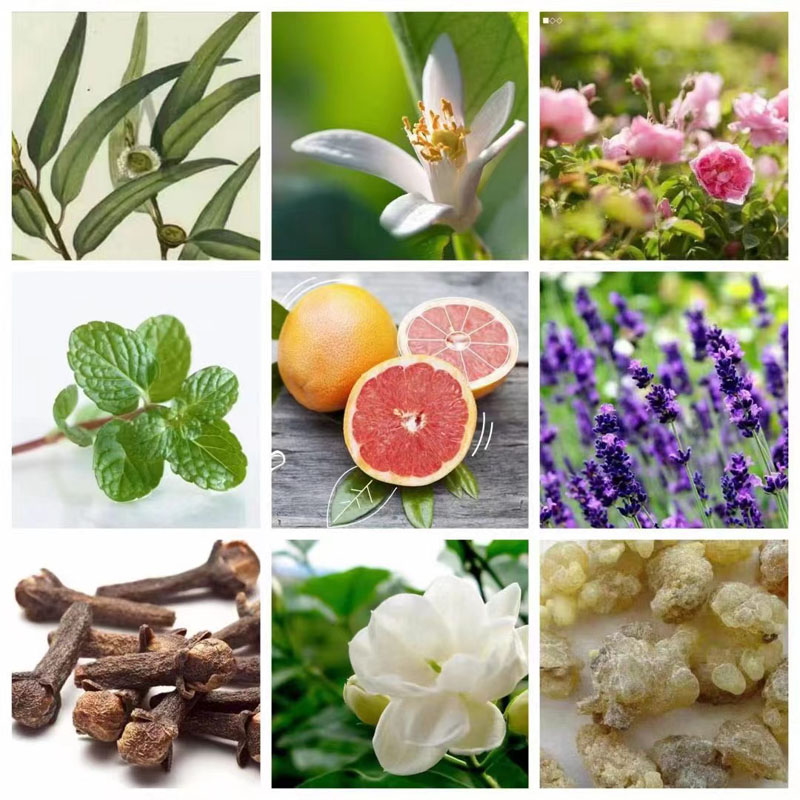- English
- Español
- Português
- русский
- Français
- 日本語
- Deutsch
- tiếng Việt
- Italiano
- Nederlands
- ภาษาไทย
- Polski
- 한국어
- Svenska
- magyar
- Malay
- বাংলা ভাষার
- Dansk
- Suomi
- हिन्दी
- Pilipino
- Türkçe
- Gaeilge
- العربية
- Indonesia
- Norsk
- تمل
- český
- ελληνικά
- український
- Javanese
- فارسی
- தமிழ்
- తెలుగు
- नेपाली
- Burmese
- български
- ລາວ
- Latine
- Қазақша
- Euskal
- Azərbaycan
- Slovenský jazyk
- Македонски
- Lietuvos
- Eesti Keel
- Română
- Slovenski
- मराठी
- Srpski језик
Natural Maltol cas 118-71-8
Odowell is a professional Natural Maltol manufacturers and Natural Maltol suppliers in China . Odowell is ploughing in Flavors & Fragrances industry since 2012, constantly R&D new raw materials and new technology to fulfill perfumers and flavorists’ growing pursuit of product variety and quality. Our Natural Maltol cas 118-71-8 have a good price advantage, premium quality with White crystalline powder appearance, production capacity of 200 tons per year and popular in European and American markets.
Send Inquiry
Maltol is found in chicory, roasted malt, breads, milk, heated butter, uncured smoked pork, cocoa, coffee, roasted barley, roasted peanuts, roasted filbert, soybean, in the bark of larch tree, in pine needles, and in roasted malt (from which it gets its name) etc. It has the odor of cotton candy and caramel.
Maltol is widely used as flavor enhancer to improve mouthfeel and to enhance flavor of candy and baked foods in food production and of soft drinks in beverage industry. It is used as intermediate in pharmaceutical for medicine manufacturing. It is used as flavoring agent in cosmetic and personal care industries to enhance flavor. According to FEEDAP Panel, maltol is safe to be added to feed for all animal species at the normal use level of 5 mg/kg feed.
Maltol may be used as an analytical reference standard for the quantification of the analyte in:
● Synthetic and commercial food samples using UV–Vis spectrophotometry with chemometrics methods.
● Food and beverage matrices using FIA-direct chemiluminescence procedure.
Maltol is use as flavoring agent, to impart "freshly baked" odor and flavor to bread and cakes, a fragrance molecule used in flavor enhancers and fragrances.
Natural Maltol cas 118-71-8
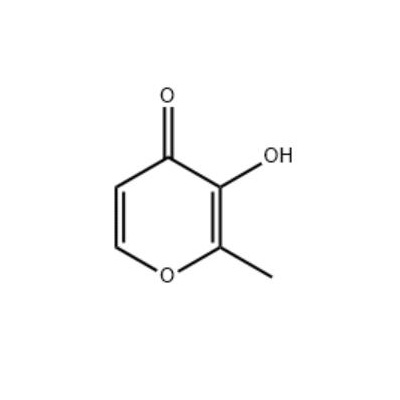
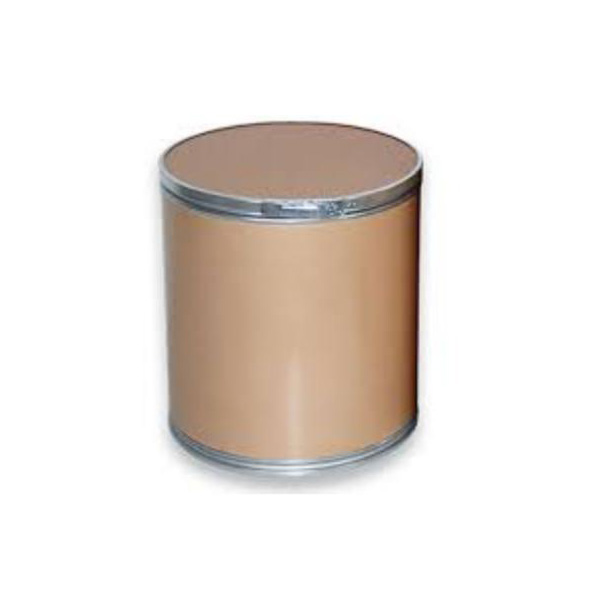
Natural Maltol is also known as 3-hydroxy-2-methyl-4h-pyran-4-one, Larixinic acid, Palatone and Veltol.It is a natural compound. Maltol has a warm, sweet, fruity odor and a jam-like odor in solution. It may be prepared by alkaline hydrolysis of streptomycin salts; also from piperidine to pyromeconic acid and subsequent methylation at the 2 position.
Maltol occurs in pine needles and the bark of young larch trees. It is produced when cellulose or starch is heated and is a constituent of wood tar oils. It forms crystals (mp 162–164°C) with a caramel-like odor, reminiscent of freshly baked cakes. Maltol has a caramel–butterscotch odor and in solution it has a jam-like odor. This compound is also reported to have a suggestive of fruity, strawberry aroma in dilute solution. Maltol may be produced synthetically starting from kojic acid . Alternatively, it can be isolated from beechwood tar or from extracts of needles from the genus Abies. Commercially available extracts fromAbies balsamea needles, which are also used as flavor and fragrance materials, usually contain 3–8% maltol. It is used in aroma compositions with a caramel note and as a taste intensifier in, for example, fruit flavors (particularly in strawberry flavor compositions).
Premium quality Natural Maltol with White crystalline powder appearance, Odowell Natural Maltol with high quality in stock and free Sample for testing. Production capacity: 200 Tons annually manufacturing for European countries and American market.
Natural Maltol (Specification)
|
Product Name: |
3-Hydroxy-2-methyl-4H-pyran-4-one |
|
Synonyms: |
LARIXINIC ACID;3-HYDROXY-2-METHYL-1,4-PYRONE;3-HYDROXY-2-METHYL-4H-PYRAN-4-ONE;3-HYDROXY-2-METHYL-4-PYRANONE;3-HYDROXY-2-METHYL-4-PYRONE;3-HYDROXY-2-METHYL-PYRAN-4-ONE;FEMA 2656;Maltol (4 g) |
|
CAS: |
118-71-8 |
|
MF: |
C6H6O3 |
|
MW: |
126.11 |
|
EINECS: |
204-271-8 |
|
Product Categories: |
Food & Flavor Additives;Food and Feed Additive;Food & Feed ADDITIVES;Heterocycles;C3 to C6;Flavor;Cichorium intybus (Chicory);Building Blocks;Carbonyl Compounds;Chemical Synthesis;Ketones;Nutrition Research;Organic Building Blocks;Phytochemicals by Plant (Food/Spice/Herb);Aromatics;Miscellaneous Reagents;BDO;bc0001;118-71-8 |
|
Mol File: |
118-71-8.mol |
Natural Maltol Feature And Application
Natural Maltol is a natural product found in Cordyceps sinensis. Maltol is mainly isolated from naturally occurring sources such as beechwood and other wood tars; pine needles; chicory; and the bark of young larch trees. It may also be synthesized by the alkaline hydrolysis of streptomycin salts or by a number of other synthetic methods. 3-Hydroxy-2-methyl-4H-pyran-4-one is weakly acidic. Reacts with bases. May react with reducing agents. Volatile with steam. Reported found in the bark of young larch trees (Pinus larix), pine needles (Abies alba), chicory, wood tars and oils, and roasted malt. Also reported found in wheat and rye bread, milk, butter, smoked pork, beer, cocoa, coffee, roasted barley, filberts, peanuts, soybean, beans, tamarind, licorice, sake, malt, dried bonito, clam and cocoa liquor. Maltol is used in pharmaceutical formulations and food products as a flavoring agent or flavor enhancer. In foods, it is used at concentrations up to 30 ppm, particularly with fruit flavorings, although it is also used to impart a freshly baked odor and flavor to bread and cakes. When used at concentrations of 5–75 ppm, maltol potentiates the sweetness of a food product, permitting a reduction in sugar content of up to 15% while maintaining the same level of sweetness. Maltol is also used at low levels in perfumery.
Natural Maltol Details
Maltol is generally regarded as an essentially nontoxic and nonirritant material. In animal feeding studies, it has been shown to be well tolerated with no adverse toxic, reproductive, or embryogenic effects observed in rats and dogs fed daily intakes of up to 200mg/kg body-weight of maltol, for 2 years.The WHO has set an acceptable daily intake for maltol at up to 1mg/kg body-weight.A case of allergic contact dermatitis, attributed to the use of maltol in a lip ointment, has been reported.
LD50 (chicken, oral): 3.72 g/kg
LD50 (guinea pig, oral): 1.41 g/kg
LD50 (mouse, oral): 0.85 g/kg
LD50 (mouse, SC): 0.82 g/kg
LD50 (rabbit, oral): 1.62 g/kg
LD50 (rat, oral): 1.41 g/kg
Maltol is rapidly and extensively metabolized in the dog and excreted by the conjugation pathway common to phenolic compounds. Rennhard (1971) reported that 57% of an iv dose was recovered in 24 hr, 88% of the total excretion occurring in the first 6 hr and 65-70% of the dose administered being recovered as sulphate and glucuronide conjugates
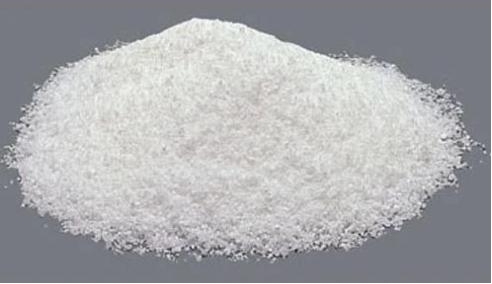
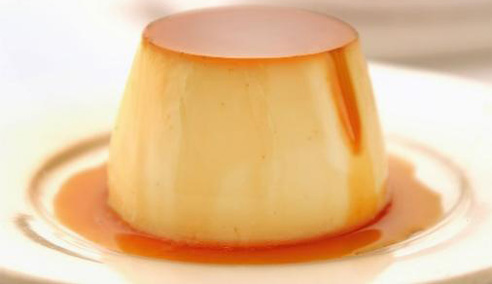

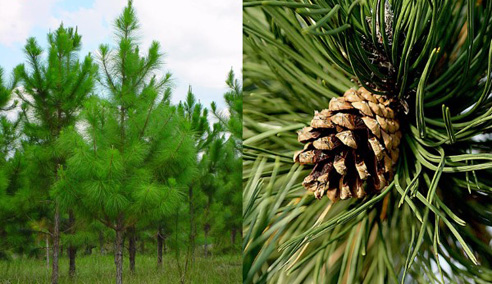
Chemical Properties
|
Melting point |
160-164 °C(lit.) |
|
Boiling point |
205 °C |
|
density |
1.046 g/mL at 25 °C |
|
vapor pressure |
0.15Pa at 24℃ |
|
refractive index |
n20/D 1.541 |
|
FEMA |
2656 | MALTOL |
|
Fp |
198 °F |
|
storage temp. |
2-8°C |
|
solubility |
methanol: 50 mg/mL, clear |
|
form |
Liquid |
|
pka |
8.41±0.10(Predicted) |
|
color |
Clear colorless |
|
Odor |
at 5.00 % in benzyl alcohol. sweet caramel cotton candy jam fruity baked bread |
|
PH |
5.3 (0.5g/l, H2O) |
|
explosive limit |
25% |
|
Odor Type |
caramellic |
|
Water Solubility |
1.2 g/100 mL (25 ºC) |
|
Merck |
14,5713 |
|
JECFA Number |
1480 |
|
BRN |
112169 |
|
InChIKey |
XPCTZQVDEJYUGT-UHFFFAOYSA-N |
|
LogP |
2.3 at 25℃ |
|
CAS DataBase Reference |
118-71-8(CAS DataBase Reference) |
|
NIST Chemistry Reference |
3-Hydroxy-2-methyl-4h-pyran-4-one(118-71-8) |
|
EPA Substance Registry System |
Maltol (118-71-8) |
Safety Information
|
Hazard Codes |
Xn,Xi |
|
Risk Statements |
22-38-36/37/38-41-20/22 |
|
Safety Statements |
37-37/39-26-36-36/37/39-36/37 |
|
RIDADR |
UN 3334 |
|
WGK Germany |
3 |
|
RTECS |
UQ1050000 |
|
Autoignition Temperature |
1364 °F |
|
Hazard Note |
Irritant |
|
TSCA |
Yes |
|
HS Code |
29329995 |
|
Hazardous Substances Data |
118-71-8(Hazardous Substances Data) |
Quality Certificates
Our company meet the highest quality requirements as stipulated in ISO9001.
